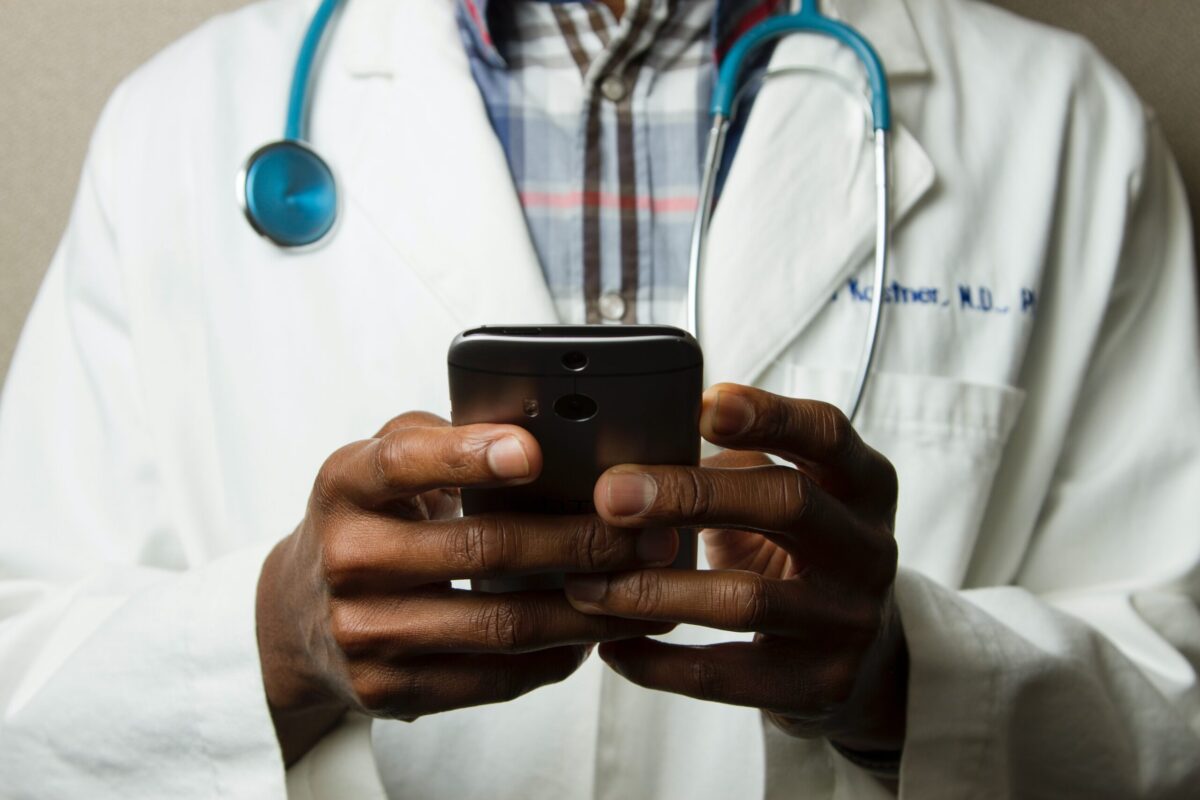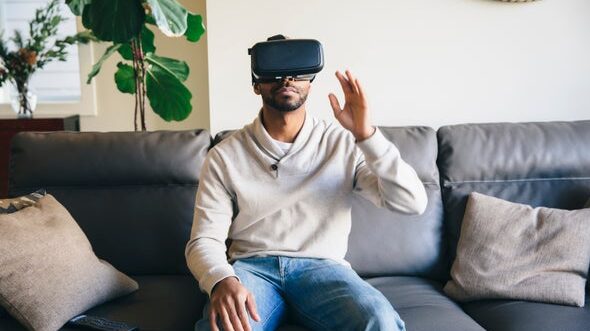
Since the early 2000s, research on mindfulness has been expanding rapidly. Here’s a look at 10 leaders in the field, what their research has shown us, and the future directions their studies are taking.
Psychiatrist and Chief, Division of Mindfulness; associate professor, Departments of Medicine and Psychiatry; research director, Center for Mindfulness, UMASS Medical School
Known For:
Discovering how mindfulness can undercut addiction; using neuroimaging techniques to reveal how mindfulness affects the brain; developing mindfulness tools to help people quit smoking and handle food cravings.
Future Directions:
Examining the effects of mindfulness programs delivered via digital means. “This is the next generation of mindfulness delivery,” he says. “We want to carefully study how it works.” His team has created an app, “Unwinding Anxiety,” which he plans to study in future clinical trials.
Associate professor of psychology, Carnegie Mellon University
Known For:
Examining what makes people resilient under stress and cofounding health neuroscience, which combines health psychology and neuroscience.
Future Directions:
He has begun a randomized controlled trial looking at how Mindfulness-Based Stress Reduction may improve social relationships and healthy aging in older adults. In other trials, his team is examining whether adding acceptance and equanimity skills to mindfulness training can reduce stress and improve health.
Elizabeth C. Davies Chair in Child & Family Well-Being and associate professor of human development and family studies at the School of Human Ecology and the Center for Healthy Minds, University of Wisconsin–Madison
Known For:
Developing ways to promote and assess mindful parenting; bringing mindfulness and compassion training to pregnant women, children, adolescents, and families.
Future Directions:
She’s planning a study to test how Mindfulness-Based Childbirth and Parenting affects mothers’ mental health, stress physiology, and well-being, and infants’ behavioral, biological, and neurological development. She’s also partnering with mindfulness experts of color, seeking ways to make mindfulness more widely accessible and culturally relevant.
Professor in the Department of Psychiatry at the University of California, San Francisco School of Medicine
Known For:
Groundbreaking work linking severe stress with shortened telomeres, cellular structures that play a key role in aging and disease. Her mindfulness research has focused on examining the benefits of meditation for people experiencing chronic stress and without previous meditation experience.
Future Directions:
Taking a closer look at how meditation affects people who’ve suffered adversity in childhood. “They tend to have certain patterns of thought that are ideal targets for meditation training,” Epel says.
Associate professor of education, Curry School of Education, University of Virginia
Known For:
Innovative research on mindfulness in education. She recently published a randomized controlled trial showing that a mindfulness-based professional development program for teachers, CARE for Teachers, reduces teacher stress and improves classroom interactions.
Future Directions:
She’s conducting a randomized controlled trial of the Compassionate Schools Project. It aims to promote focus, resilience, empathy, and well-being by teaching mindfulness, contemplative movement, and social/emotional skills to students at 50 Louisville elementary schools.
Neuroscientist, associate professor of psychology, founder and head of the Jha Lab, University of Miami
Known For:
Pioneering work, much of it funded by the Department of Defense—carried out with military, students, and athletes, showing mindfulness can protect attention and working memory and examining how to scale up mindfulness training for larger populations and make its effects long lasting.
Future Directions:
Adding compassion training to mindfulness techniques to study how the blend affects prosocial behavior and peer- to-peer support. “We’re looking for best training delivery practices; e.g., how to achieve and sustain maximum benefits with lowest time demands. Accessible training is key for broad adoption by high-performance and high-demand groups,” Jha says.
Associate researcher in psychiatry, Massachusetts General Hospital; assistant professor in psychology, Harvard Medical School
Known For:
Studying the neuroscience of yoga and meditation. Her research has indicated that meditation may produce structural changes in the brain and slow aging-related brain atrophy.
Future Directions:
She’s beginning a study among adults with no previous meditation experience, testing whether mindfulness training can enhance and preserve memory.
Director of research, Center for Mindfulness and Human Potential, Department of Psychological and Brain Sciences, University of California, Santa Barbara
Known For:
Finding ways to increase the effectiveness of mindfulness training, particularly in K-12 school settings.
Future Directions:
Over the next three years, he will be conducting a series of US Department of Education-funded studies to discover the best ways to teach mindfulness to high school students.
Researcher, neuroscientist, Center for Mind and Brain; director of the Saron Lab, University of California, Davis
Known For:
Directing the Shamatha Project, a multiyear investigation of long-term intensive meditation (in the form of a three-month retreat). Findings so far are that the practice sharpens and sustains attention, enhances well-being and empathy, and improves physiological markers of health.
Future Directions:
Examining psychological well-being among Shamatha Project participants seven years after the initial retreat. And among participants in one-month meditation retreats, Saron is examining biomarkers of cellular aging, stress, and inflammation.
Professor of brain and therapeutics, University of Toronto–Scarborough
Known For:
Being a founder of Mindfulness-Based Cognitive Therapy (MBCT), which integrates meditation into psychotherapy. A leading researcher on mindfulness and mood disorders, he has shown that MBCT can prevent relapses in people with depression.
Future Directions:
Segal is conducting a study at a large HMO examining whether adding a digital form of MBCT to standard depression care can reduce symptoms. Another study in progress examines neural changes, over a two-year period, in patients who have used MBCT and recovered from depression.
Source: Mindful Magazine










